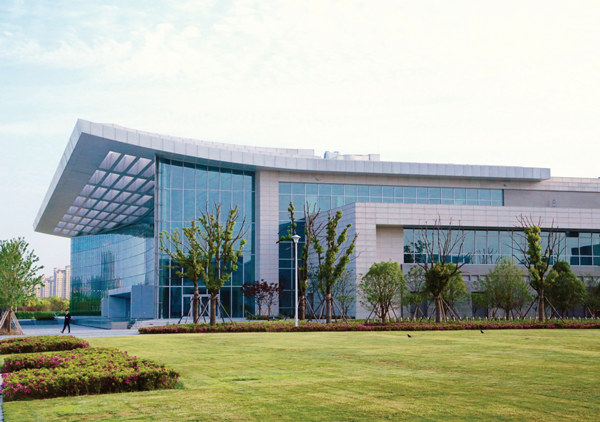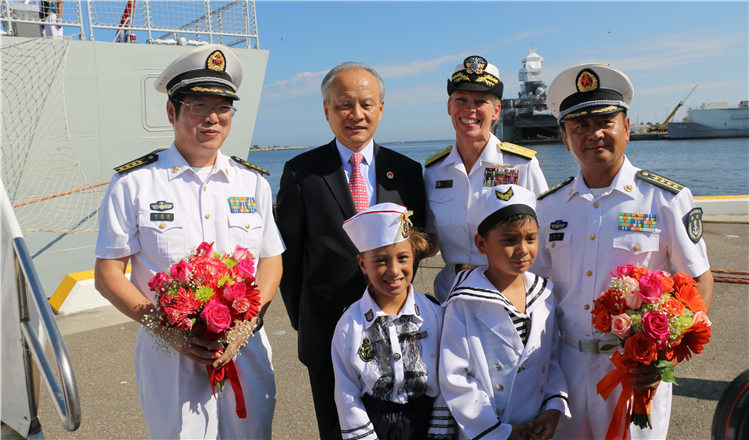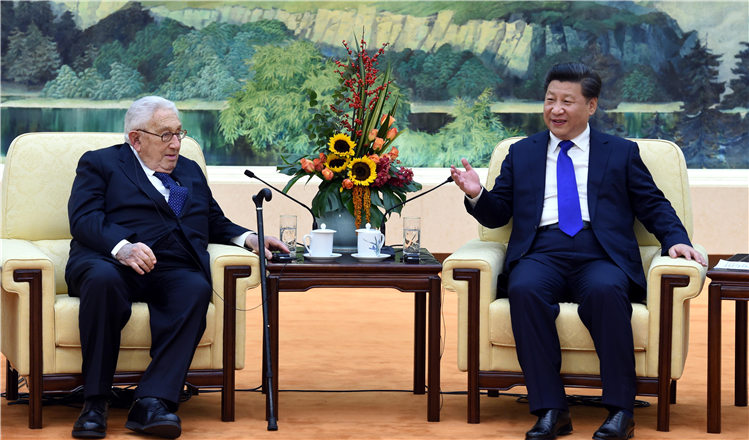US schools go East with campuses
Updated: 2015-10-09 11:19
By Jack Freifelder(China Daily USA)
|
||||||||
 |
|
The campus of Duke Kunshan University is in Jiangsu province.The school’s first group of students began classes in August 2014. Provided to China Daily USA |
The number of Chinese students at colleges and universities in the United States is on the rise, but reciprocal interest from US and other international students for studying in China has not been as fervent, Jack Freifelder reports from New York.
Many universities and colleges around the world have developed partnerships with schools in other countries to not only burnish their image as truly global educational institutions, but also to attract outstanding faculty and increase their student enrollments.
With its emergence as a global power, China has become a prime location for US colleges and universities to open standalone campuses or create partnerships with Chinese schools.
Among 11 US universities and colleges in China, six have received approval from China's Ministry of Education to operate a branch campus or a joint institute: Carnegie Mellon University in Pittsburgh, Kean University in Union, New Jersey, Duke University, the University of Michigan, New York University and the University of Pittsburgh.
Other US schools operating degree-granting programs include Fort Hays State University in Hays, Kansas, Savannah College of Art Design in Savannah, Georgia, Johns Hopkins University, Missouri State University and the University of Chicago.
Each school has a domestic partner in China, and classes at all the schools are taught entirely in English. Most of the schools offer opportunities to study in China and the US and two degrees at graduation, one from the US-based school and one from the school in China.
"From a global competitive framework, institutions are looking at their position not just in competition with the institutions across town, but also with ones on the other side of the world," said Kevin Kinser, a researcher and professor at the State University of New York at Albany (SUNY-Albany). "A world-class institution is, by definition, an international institution. It's an institution that engages globally and has a footprint that spans the globe.
"From an institutional perspective, if you are going to be competitive at the highest levels you need to have a global footprint in order to support that ambition," he said. "And in order to solve the world's problems, you need the world's best minds to participate in that."
Kinser, who heads the department of Educational Administration and Policy Studies at SUNY-Albany, is also co-founder and co-director of the school's Cross-Border Education Research Team, known as C-BERT. Kinser established the nonpartisan group with Jason Lane, a fellow faculty member, in 2010.
C-BERT's team compiles data to help analyze trends affecting cross-border higher education opportunities.
Fifty US universities have 81 branch campuses around the world, according to GlobalHigherEd.org, the website that houses C-BERT's proprietary research.

 PLA Navy fleet pays visit to Florida
PLA Navy fleet pays visit to Florida
 Peace Ark docks at San Diego
Peace Ark docks at San Diego
 Clinton calls for US minimum wage increase to $12 an hour
Clinton calls for US minimum wage increase to $12 an hour
 High-level exchanges between China and Vietnam
High-level exchanges between China and Vietnam
 Photographer presents 'aristopets'
Photographer presents 'aristopets'
 Photograph portraying Chinese fishermen wins top prize
Photograph portraying Chinese fishermen wins top prize
 World's top 10 economies for doing business
World's top 10 economies for doing business
 Xi: new chances for Sino-US ties
Xi: new chances for Sino-US ties
Most Viewed
Editor's Picks

|

|

|

|

|

|
Today's Top News
Tu first Chinese to win Nobel Prize in Medicine
Huntsman says Sino-US relationship needs common goals
Xi pledges $2 billion to help developing countries
Young people from US look forward to Xi's state visit: Survey
US to accept more refugees than planned
Li calls on State-owned firms to tap more global markets
Apple's iOS App Store suffers first major attack
Japan enacts new security laws to overturn postwar pacifism
US Weekly

|

|







